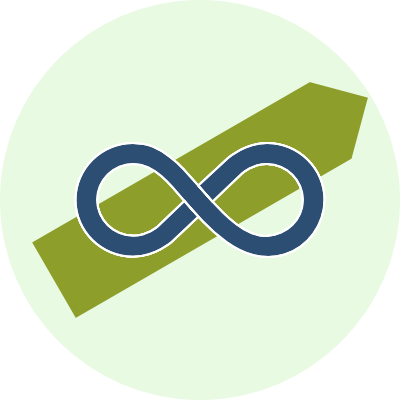Virtual Reality in UX Design
When using 3D visualizations, you can convey a new level of understanding of your users and their workflows. Realistic scenarios can be built, product ideas can be tested and discussed before you invest in steel and electronics.
How to use 3D and VR in the user centered design process? 3D technology does not come for free and a lot of fancy ideas have an abysmal cost-benefit ratio. However, with realistic expectations and a clear focus, you can greatly improve your UX design in areas like human factors testing, use contex descriptions and large scale workflows.
Try out Virtual Reality
You have read a bunch of articles and tinkered around with some apps on your phone. Now you want to do a pilot project for VR without wasting a pile of money on useless tech and a lot of time on learning the basic technologies.
We can do simple demonstrators, based on our assets of hospitals and laboratories, to give you a clear understanding of the qualities and limitations of the underlying technology.
Virtual Reality for UX Design
Doing usability tests in VR needs additional effort, but when used to look into the right kind of challenges, it saves loads of time and money. I have built VR environments around alarm concepts, large scale workflows and human factors testing.
If you plan to go into this area, I’ll be happy to share my experience and show you what can be done in 3D - and when cardboard models are still better.









